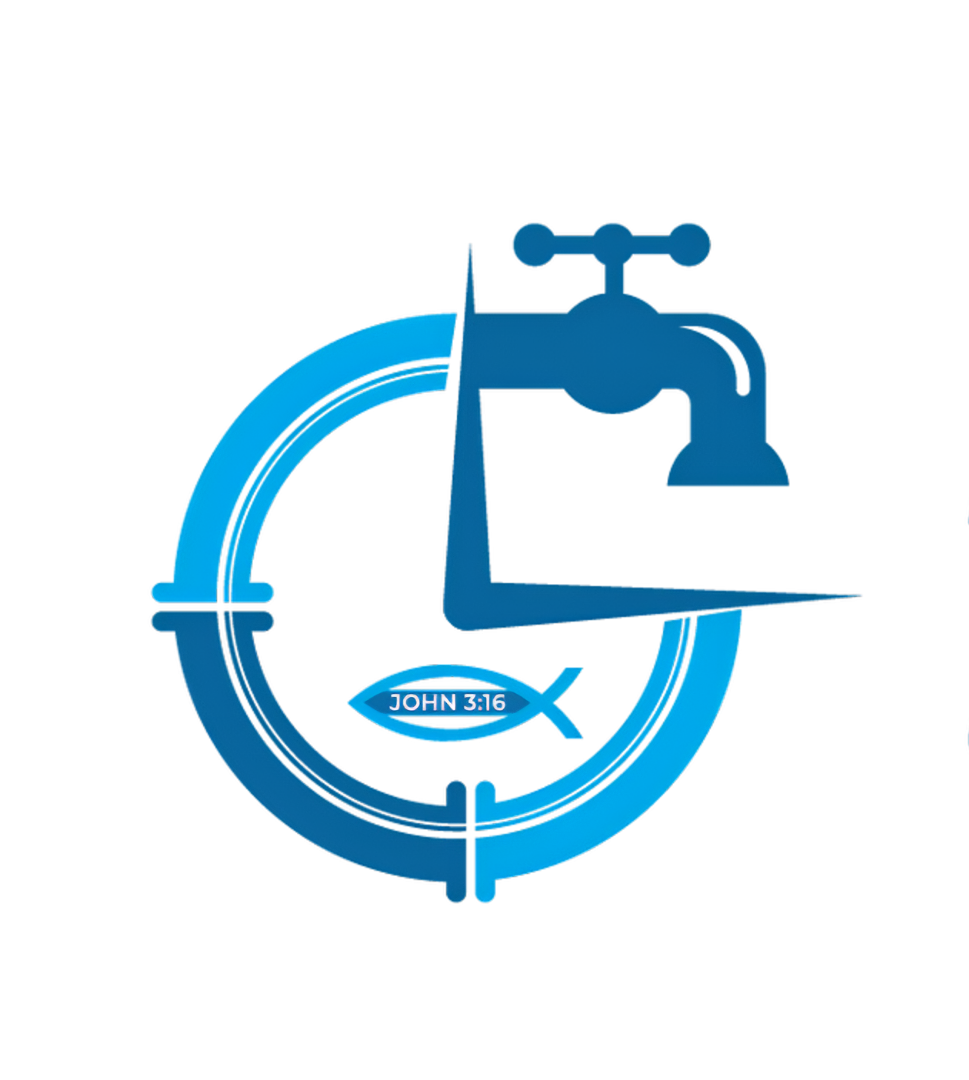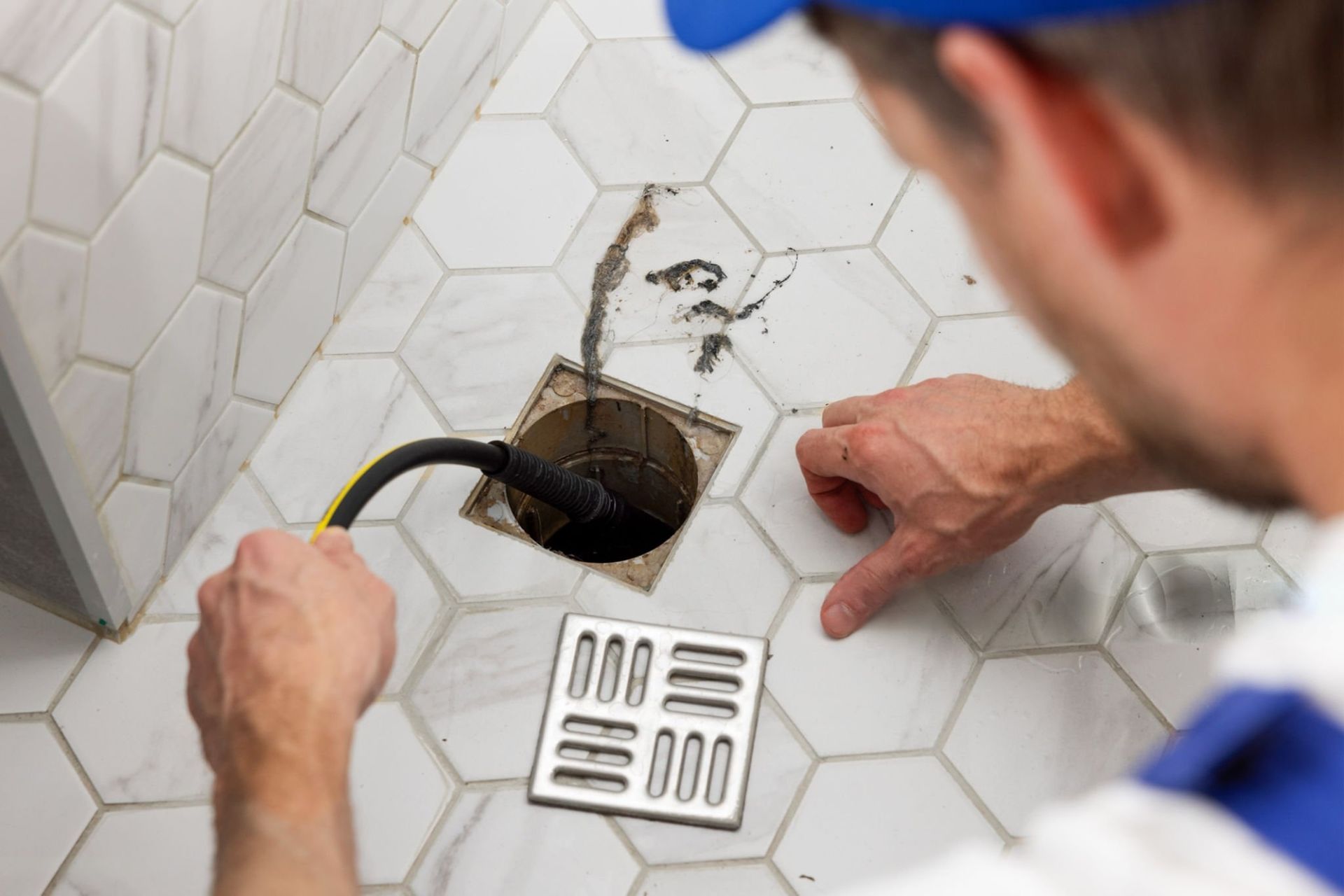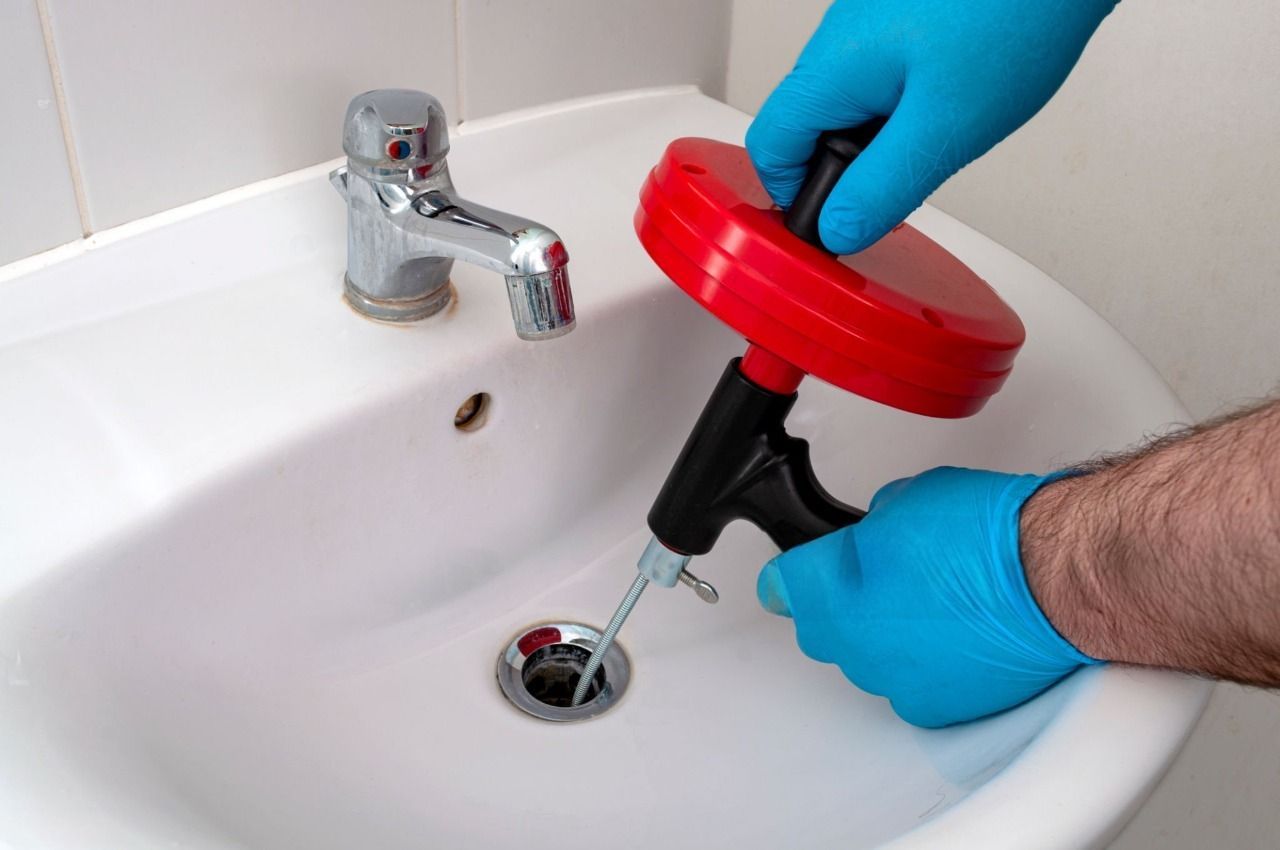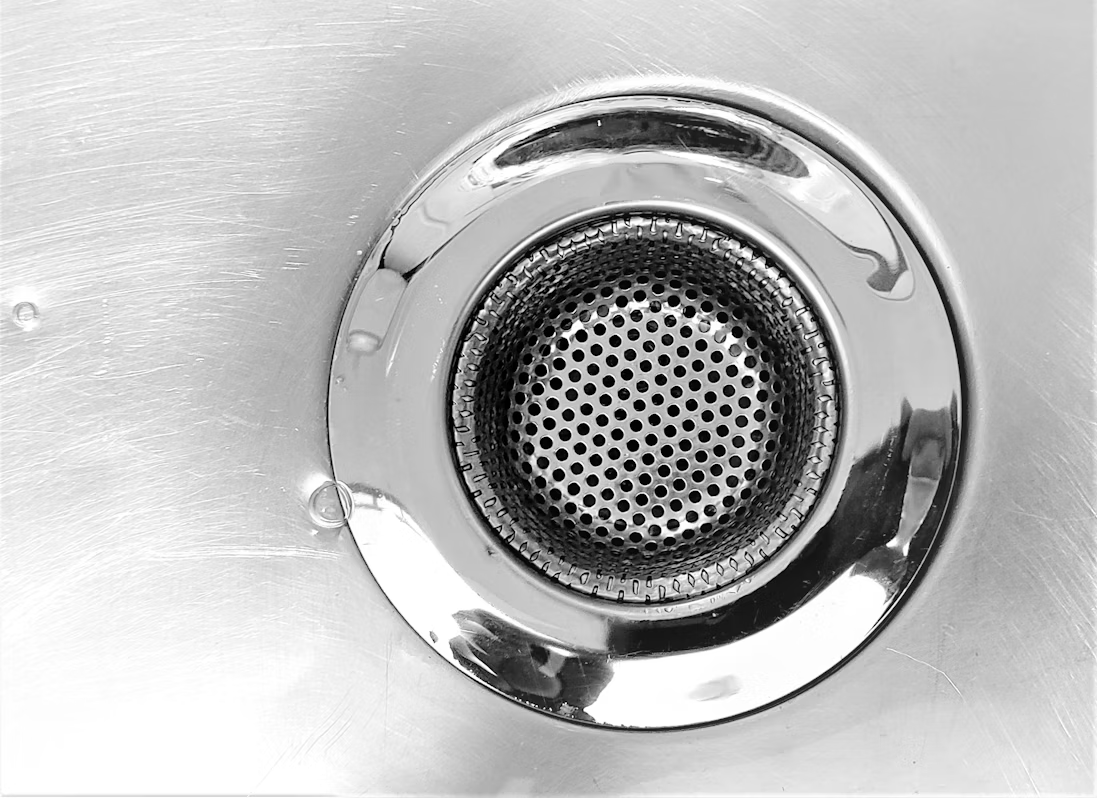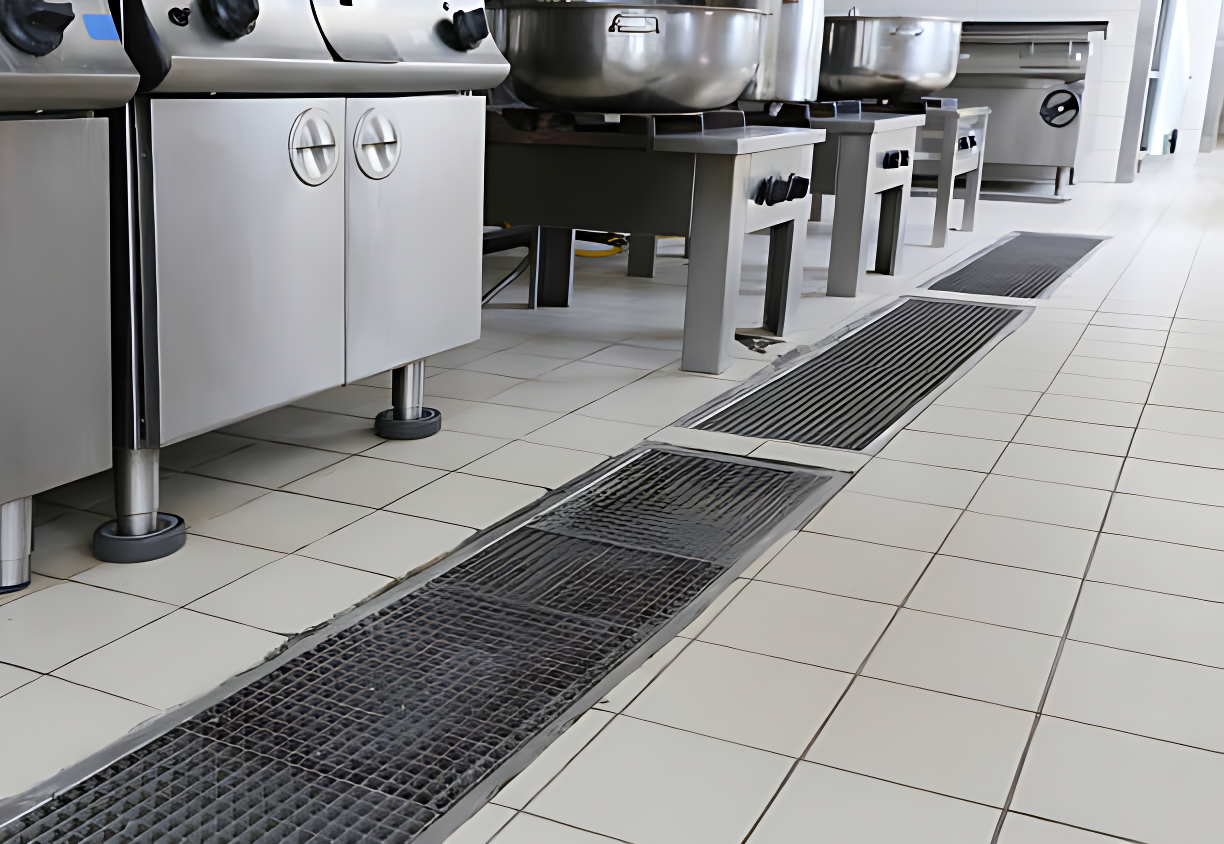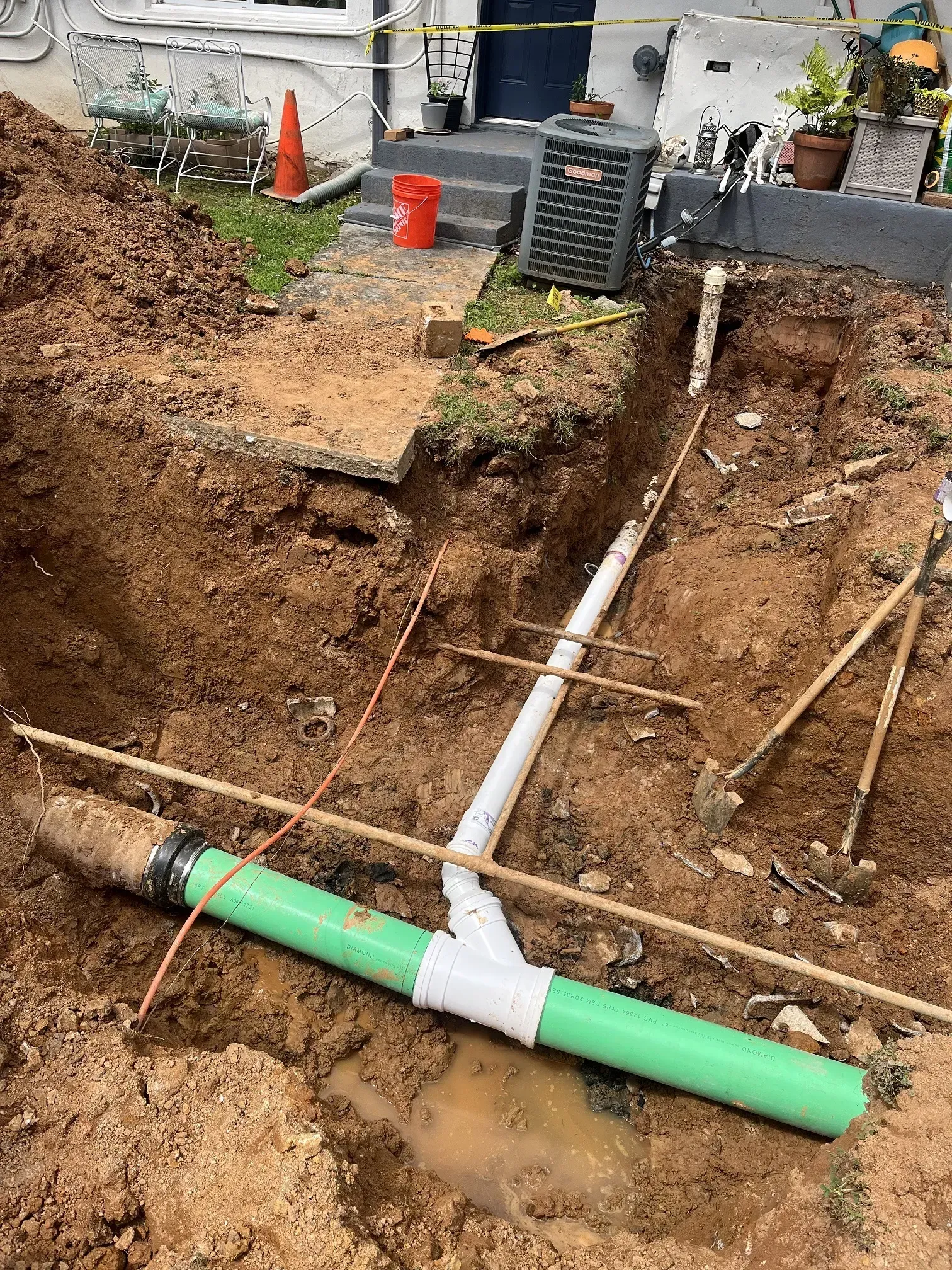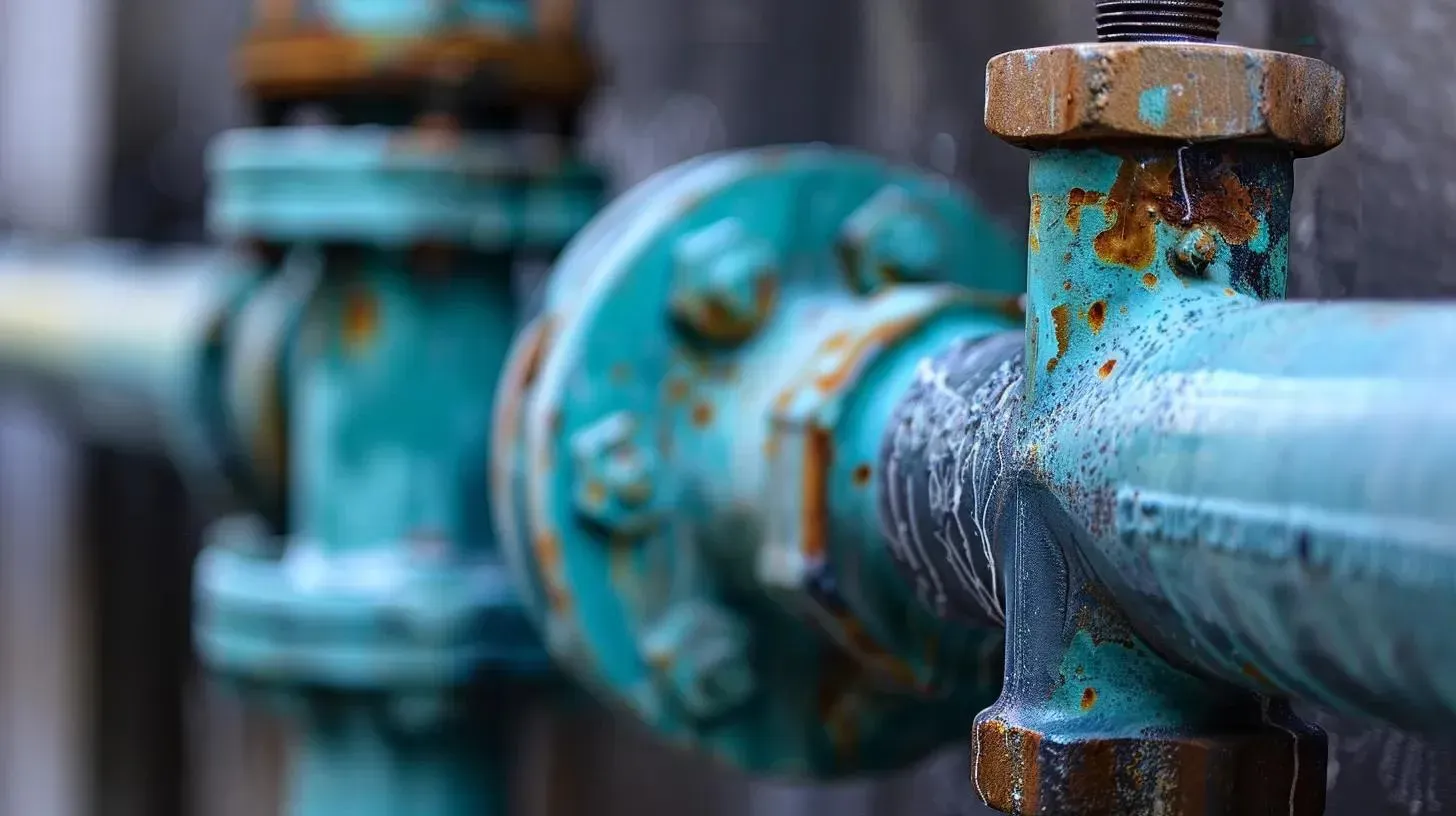What to Do Right Away If You Find a Clogged Pipe at Home
Franchesca Reid September 29, 2025
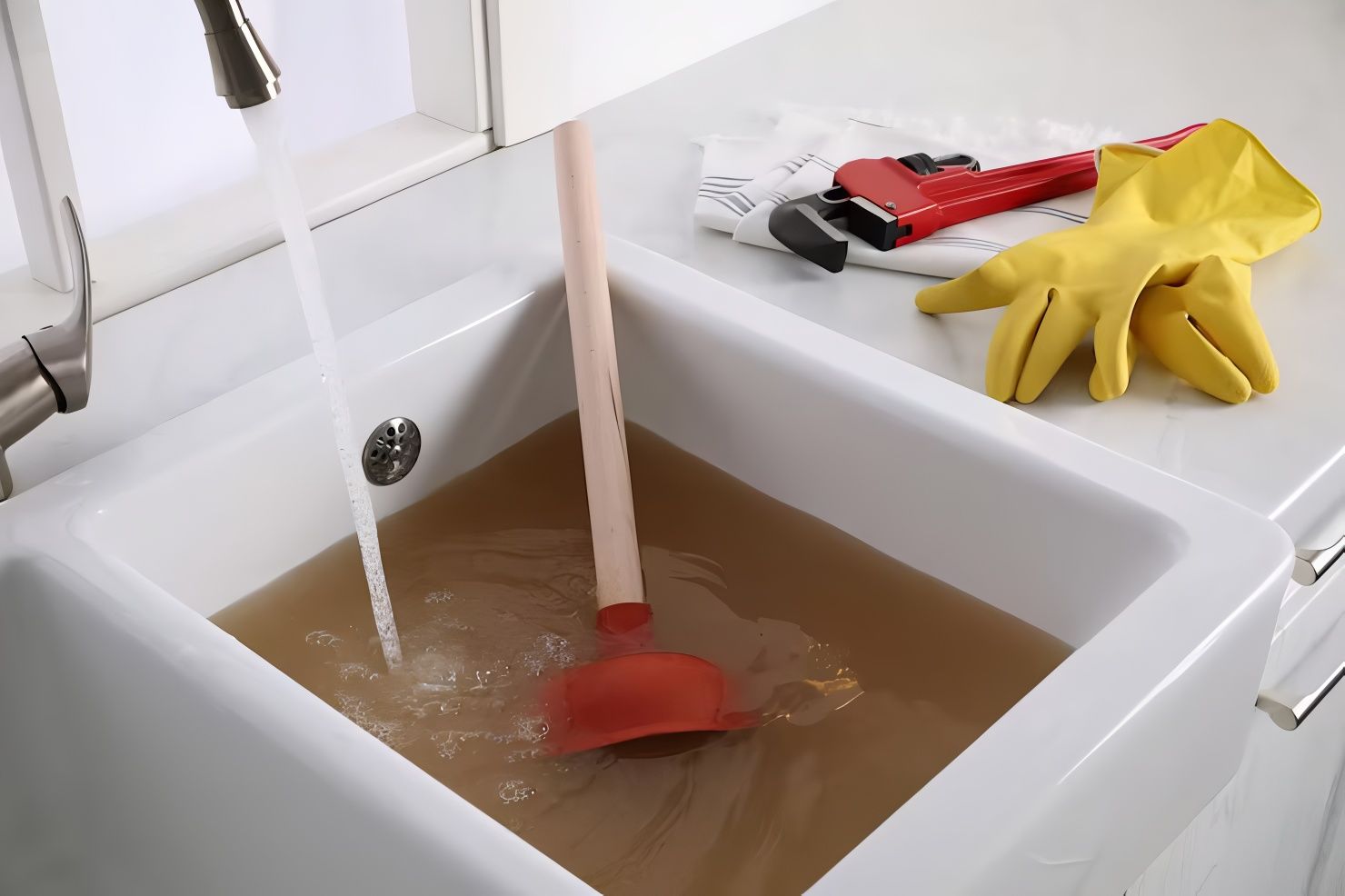
Clogged pipes Cumming GA residents sometimes encounter, can halt water flow and cause backups in mere minutes.
Acting fast helps minimize water damage and gets things back to normal. This guide will walk you through how to gauge how bad the blockage is, try some safe DIY fixes, know when it's time to call in the pros, and how to keep clogs from happening again.
By following these steps, you'll protect your plumbing and keep your mind at ease.
What to Do Right Away If You Find a Clogged Pipe at Home
- Check scope: one slow drain = local clog; multiple gurgling or odors can signal a main line issue
- Start simple: seal a flange plunger over the drain and give firm plunges until water moves
- Use a manual snake or take off and clean the P-trap to remove hair, grease, and debris—skip harsh chemicals
- Call a licensed plumber if backups persist, sewage smells appear, or clogs return; snaking clears a spot while hydro jetting scrubs pipe walls
- Prevent future clogs with strainers, weekly hot-water flushes, and never pouring grease down sinks
Figure Out How Bad the Clog Is
To determine the seriousness of the clog, pay attention to water flow, any strange noises, and odors.
This helps prevent making things worse. For example, if only one sink is draining slowly, it's likely a minor obstruction. But if you're seeing backups in several places, it could be a problem with your main sewer line.
Here are the key signs to help you tell how severe the situation is:
- Water sitting in one fixture usually means a clog is right there.
- Gurgling sounds or slow drains in multiple fixtures suggest a deeper blockage.
- Smelling sewage or seeing water back up into drains points to a main sewer line obstruction.
Knowing the severity early on helps you decide if you can handle it yourself or if you need expert help.
Try a Quick DIY Fix
Minor clogged pipes often respond well to simple tools and common household items, saving you time and money. A plunger, drain snake, or natural cleaner can often clear hair and grease without harsh chemicals. It's best to try one method at a time to ensure you're unclogging safely and gradually.
Grab Your Plunger
A plunger works by creating suction and pressure to push out debris stuck near the drain opening. Place a flange plunger over the sink or toilet opening, make sure it has a good seal, and plunge firmly.
After a few good plunges, water should start flowing freely, meaning the suction has cleared the blockage.
Use a Plumbing Snake or Auger
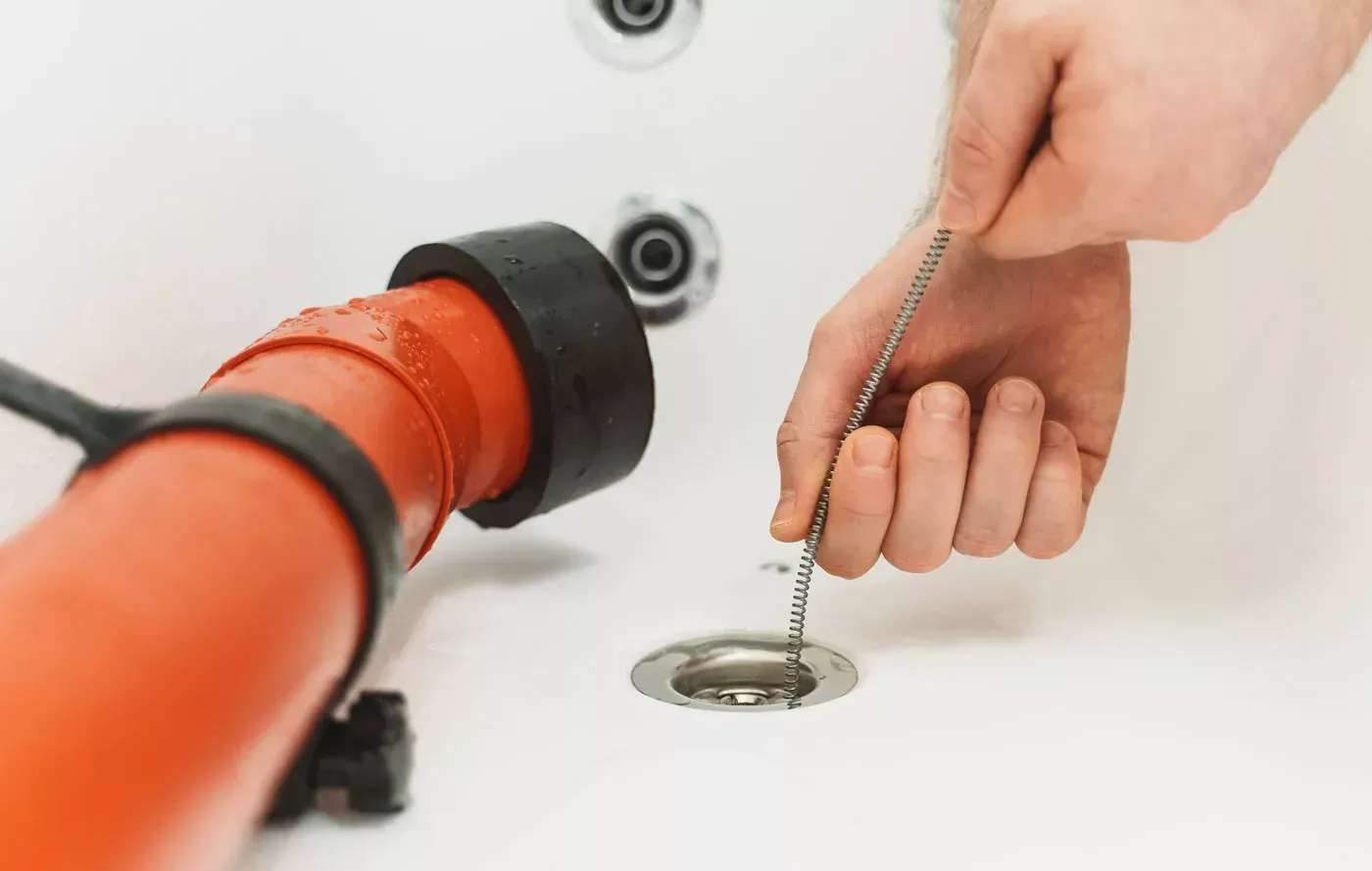
A manual snake or a hand-crank auger can reach deep into the pipe to break up hair and buildup. Feed the coil into the pipe until you feel resistance, then twist it to grab onto the debris. Slowly pull it back out, taking the obstruction with it and restoring water flow.
Take Apart and Clean the P-Trap
The U-shaped pipe under your sink is called a P-trap, and removing it gives you direct access to trapped gunk and grease. Put a bucket underneath, unscrew the connecting nuts, and clear out any buildup by hand or with a brush.
Screw it back together tightly to prevent leaks and test it by running water to make sure it's clear.
These DIY methods can handle most minor clogs safely before they become bigger problems.
When Nothing Else Works, Call a Professional Plumber
If the clogs are stubborn or severe, you'll need specialized tools and possibly video inspections, which only a licensed plumber can provide. A professional service like Lanier Plumbing & Drain offers
24/7 emergency help, skilled technicians, and the right equipment to find and fix deep or complicated pipe obstructions.
How Do You Know If DIY Methods Haven't Worked?
If simple plunging and snaking aren't clearing the clog anymore, it's likely a more serious issue:
- Backups are happening in multiple fixtures even after you've tried to clean them.
- Water keeps rising to the edge of the fixture, or you still smell sewage.
- Slow drainage comes back within hours of your DIY attempts.
Recognizing these signs can prevent hidden damage and save you from repeating efforts that aren't working.
What's the Difference Between Hydro Jetting and Snaking for Drain Cleaning?
Hydro jetting uses high-pressure water to blast away grease, scale, and roots from pipe walls, while snaking simply breaks through the blockage. Here's a quick comparison of their main differences:
| Method | How It Works | What It Does Best |
|---|---|---|
| Snaking | Uses a mechanical auger to rotate | Clears clogs in one spot quickly |
| Hydro Jetting | Uses a high-pressure water stream | Cleans the entire inside of the pipe |
Hydro jetting helps pipes last longer by removing buildup, which can lead to fewer
clogged pipes in Cumming, Georgia.
How Can I Stop My Pipes From Clogging in the Future?
Making a habit of a few simple practices and using basic devices can significantly lower the chances of new clogs. Installing hair and debris catchers, flushing drains with hot water weekly, and never pouring grease down the kitchen sink will keep your pipes clear before problems start.
- Never pour cooking oils or fats down any drain.
- Use strainers in your shower and sink drains to catch hair and food bits.
- Flush your drains with boiling water
Conclusion
Regular upkeep and quick action ensure your plumbing stays free of clogs and that you avoid disruptive backups. If a blockage just won't go away, the skilled professionals at Lanier Plumbing & Drain are ready to get your water flowing freely again, quickly and reliably.
Expert Plumbing Solutions
From leaky faucets to major installations, our certified plumbers provide reliable service you can trust.
Smart Tips for Your Home
We'll send you useful tips and special offers to help you maintain your plumbing and save money.
Contact Us
We will get back to you as soon as possible.
Please try again later.
